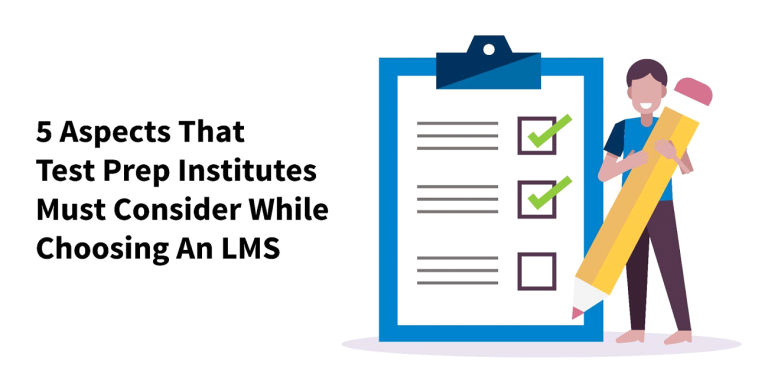Student retention and engagement in edtech refer to the ability of students to stay focused and motivated while using educational technology products. Personalization, interactivity, feedback & progress tracking, gamification, collaboration, and others can be utilised to improve student retention and engagement in edtech.
It’s important to keep in mind that not all students will respond to the same strategies, so a combination of these strategies can be used to cater to the diverse needs of students. Additionally, regularly gathering feedback from students can help refine the approach and improve the effectiveness of edtech for student retention and engagement.
Improving Student Engagement and Retention in EdTech
The rise of digital technology has propelled the growth of EdTech in recent years, and the pandemic has only accelerated its adoption. However, many students struggle with motivation and engagement when using EdTech tools for online learning. Moreover, with so many options available, students have a hard time sticking with one, leading to a decrease in retention rates for EdTech companies.
There are several problems that can impact retention in edtech, like Lack of User Engagement, Poor User Experience, Technical issues, Limited support are only a few to mention.
Why is Student Engagement and Retention Crucial?
Student engagement is a vital factor that drives the success of EdTech platforms. Maintaining strong interaction with students is important in today’s competitive market. Here are some key reasons why:
- Retaining existing students is less expensive than acquiring new ones.
- Encourages repeat business.
- Builds positive relationships with students.
- Reduces student churn.
- Boosts revenue.
Strategies for Improving Student Engagement and Retention
Here are some effective techniques to help retain students on EdTech platforms:
Understand Student Behavior:
The content is the main attraction for students, and if it’s not aligned with their interests, retention becomes difficult. Use data analytics to gather information about student behavior, learning patterns and analyze it to identify gaps and opportunities for improvement. Personalize the learning experience to increase engagement, academic success and pro
Streamline and Innovative Onboarding Process:
A simple yet impactful onboarding process is crucial for a seamless user experience. Improved onboarding procedures make it easier for new students to understand and experience how the platform can help them achieve their academic goals. Use tutorials, screen hints, and other aids to guide students through the process, providing the right information at the right time to maintain engagement.
Utilize In-App or Push Notifications:
In-app or push notifications can significantly enhance student engagement. These are brief notifications that appear on the student’s device, encouraging them to take action. These notifications serve as a fast line of communication, allowing EdTech platforms to distribute messages, offers, and other relevant information about the platform. This method increases the app’s view and open rates by 20-25 times compared to other engagement methods, serving as a reminder for students to keep up with course, exam updates and complete tasks.
Incorporate Gamification:
Gamification can make learning more engaging and enjoyable. The integration of gaming elements in the learning process improves student motivation, problem-solving, and communication skills. With the help of visual aids and real-life examples, difficult topics become easier to understand. This approach fosters a continuous learning mindset and improves recall. By providing tasks, instant feedback from quizzes, and rewarding students, it taps into their natural curiosity and helps track their progress. The use of leaderboards and points promotes collaboration and healthy competition among students. To maximize student engagement and retention, consider implementing gamification tools such as quizzes, mini-games, badges, prizes, and leaderboards in the EdTech platform.
Strategies for measuring Student Engagement and Retention:
MAU (Monthly Active Users) and DAU (Daily Active Users) are metrics commonly used in the tech industry to measure user engagement with a product or service. In edtech, these metrics can be used to track engagement with educational technology products.
MAU refers to the number of unique users who have engaged with the edtech product in a given month. This metric provides a broad picture of the total number of users who are using the product and can be useful for tracking growth and overall engagement. DAU refers to the number of unique users who have engaged with the edtech product in a given day. This metric provides a more detailed picture of daily user engagement and can be useful for tracking engagement patterns over time, such as usage spikes or dips.
Both MAU and DAU can be used to track user engagement with an edtech product, with MAU providing a broad picture of overall engagement and DAU providing a more detailed view of daily engagement. By regularly tracking these metrics, edtech companies can gain insight into user engagement and make data-driven decisions to improve the product and enhance user experience.
Author
Sumal Raj is an account manager handling mutiple edutech accounts in HigerEd segment.


